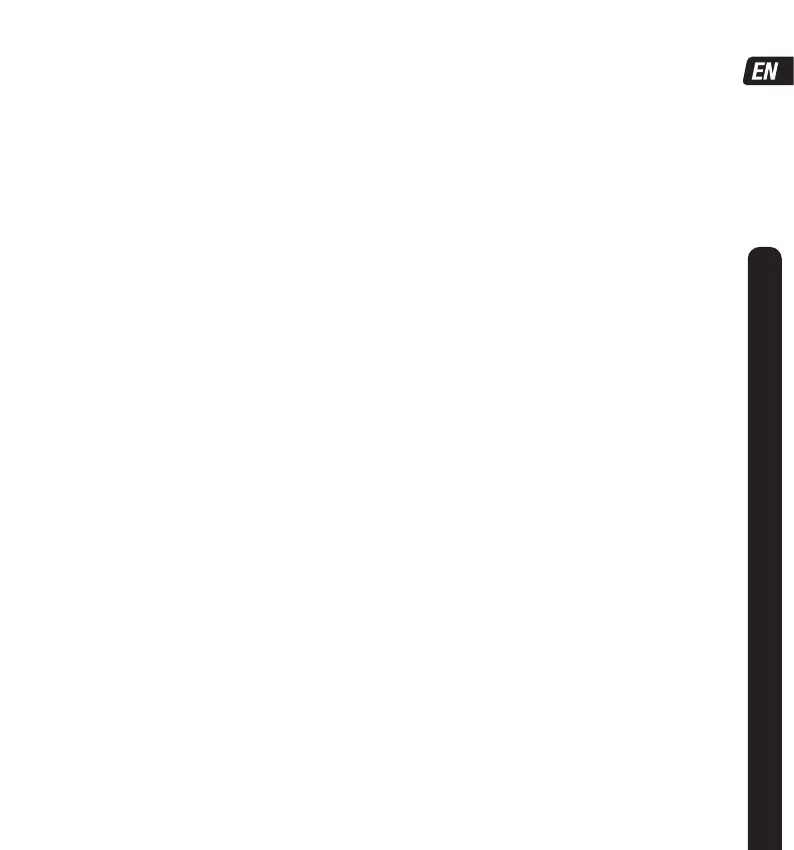Optimate 2 Duo handleiding
Handleiding
Je bekijkt pagina 5 van 50

5
b) If it is necessary to remove battery from vehicle to charge, make sure all accessories in the vehicle
are off, so as not to cause an arc. First remove grounded terminal (normally marked NEGATIVE (NEG,
N,–) from battery first, then the terminal marked POSITIVE (POS, P, +).
c)
Place the battery in a well ventilated area.
d) Visually check the battery for mechanical defects such as a bulging or cracked casing, or signs of
electrolyte leakage. If the battery has filler caps and the plates within the cells can be seen from the
outside, examine the battery carefully to try to determine if any cells seem different to the others (for
example, with white matter between the plates, plates touching).
If mechanical defects are apparent do not attempt to charge the battery, have the battery
professionally assessed.
e) Clean battery terminals. Be careful to keep corrosion from coming in contact with eyes.
f) For lead-acid batteries with removable filler caps, add distilled water in each cell until battery acid
reaches level specified by battery manufacturer. This helps purge excessive gas from cells. Do not
overfill.
g) For a battery without cell caps, such as valve regulated lead-acid (VRLA), absorbed glass mat
(AGM) lead-acid or Lithium (LiFePO4) batteries, carefully follow manufacturer’s recharging
instructions.
h) Study all battery manufacturer’s specific precautions such as removing or not removing cell caps
while charging and recommended rates of charge.
i) Determine voltage of battery by referring to vehicle or other user’s manual and before making the
battery connections, make sure that the voltage of the battery you are going to charge matches the
output voltage of the battery charger.
8.
FOLLOW THESE STEPS WHEN BATTERY IS INSTALLED IN VEHICLE AND
YOU CHOOSE TO USE BATTERY CLIPS TO CHARGE THE BATTERY. A SPARK
NEAR A BATTERY MAY CAUSE BATTERY EXPLOSION. TO REDUCE RISK OF A
SPARK NEAR BATTERY:
a) Position AC and DC cords so as to reduce risk of damage by the
vehicle itself or moving engine parts. b) Stay clear of fan blades, belts, chains, sprockets, pulleys, and
other vehicle parts that can cause injury to persons or damage to the charger and its cords/cables.
c) Check polarity of battery posts. On automotive batteries POSITIVE (POS, P, +) battery post usually
has larger diameter than NEGATIVE (NEG, N,–) post.
d) Determine which post of battery is grounded (connected) to the chassis.
If negative post is grounded to chassis (as in most modern vehicles), see (e). If positive post is
grounded to the chassis, see (f).
e) For negative-grounded vehicle, connect POSITIVE (RED) clip from battery charger to POSITIVE (POS,
P, + ) ungrounded post of battery. Connect NEGATIVE (BLACK) clip to vehicle chassis or engine block
away from battery. Do not connect clip to carburetor, fuel lines, or sheet-metal body parts. Connect to
a heavy gage metal part of the frame or engine block.
IMPORTANT SAFETY INSTRUCTIONS
Bekijk gratis de handleiding van Optimate 2 Duo, stel vragen en lees de antwoorden op veelvoorkomende problemen, of gebruik onze assistent om sneller informatie in de handleiding te vinden of uitleg te krijgen over specifieke functies.
Productinformatie
| Merk | Optimate |
| Model | 2 Duo |
| Categorie | Niet gecategoriseerd |
| Taal | Nederlands |
| Grootte | 5238 MB |







